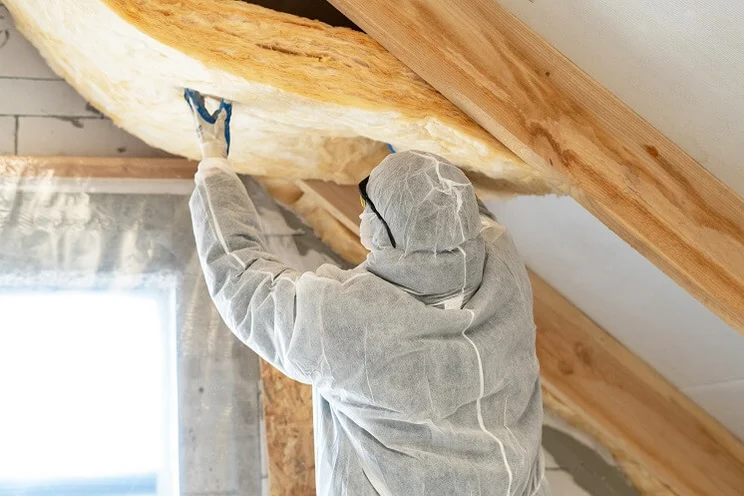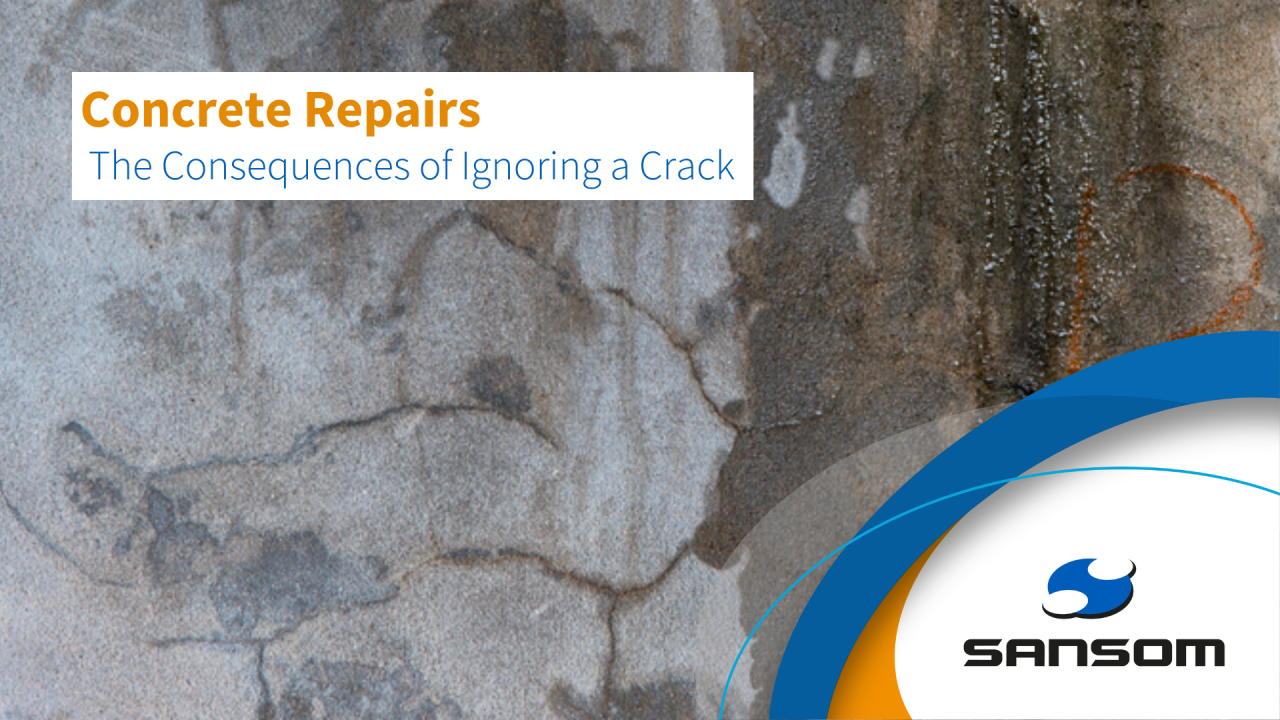
Insulation plays a crucial role in maintaining a comfortable indoor environment while reducing energy costs. Choosing the right type of insulation depends on factors like climate, budget, and the specific area of your home that needs insulation. In this guide, we’ll break down the different insulation types and help you decide which one is best for your home.
1. Why Insulation Matters
Insulation acts as a barrier that prevents heat from escaping in the winter and keeps your home cool in the summer. The right insulation can:
- Lower energy bills by reducing heating and cooling costs.
- Improve indoor comfort by maintaining consistent temperatures.
- Reduce noise pollution by dampening sound between rooms and from outside.
- Enhance indoor air quality by preventing moisture buildup that leads to mold.
If you’re unsure which insulation is best for your home, Century Insulation provides expert recommendations and installation services.
2. Understanding R-Value in Insulation
The R-value measures the insulation’s effectiveness in resisting heat flow. A higher R-value means better insulation performance. The recommended R-value depends on your climate:
- Cold climates (like Minnesota): R-49 to R-60 in attics.
- Mild climates: R-30 to R-49 in attics.
- Hot climates: R-30 to R-49 in attics.
Choosing the correct R-value ensures your home stays comfortable year-round.
3. Types of Home Insulation
There are several insulation options, each with unique benefits. Let’s explore the most common types:
A. Spray Foam Insulation
Best for: Walls, attics, and basements.
Pros:
- High R-value per inch (R-6.5 to R-7 per inch).
- Seals air leaks and prevents moisture buildup.
- Provides structural support.
Cons: - More expensive than other insulation types.
- Requires professional installation.
B. Fiberglass Insulation
Best for: Attics, walls, and floors.
Pros:
- Affordable and widely available.
- Fire-resistant and durable.
- Easy to install in batts or rolls.
Cons: - Lower R-value compared to spray foam.
- Can retain moisture if not properly sealed.
C. Cellulose Insulation
Best for: Walls and attics.
Pros:
- Made from recycled materials (eco-friendly).
- Good at blocking air leaks.
- Resistant to pests and mold.
Cons: - Can settle over time, reducing effectiveness.
- Needs professional installation for even coverage.
D. Rigid Foam Board Insulation
Best for: Basements, foundation walls, and exterior walls.
Pros:
- High R-value per inch (R-4 to R-6 per inch).
- Resistant to moisture and mold.
- Ideal for tight spaces.
Cons: - More expensive than fiberglass and cellulose.
- Requires proper sealing to prevent air leaks.
E. Radiant Barrier Insulation
Best for: Hot climates and attics.
Pros:
- Reflects heat rather than absorbing it.
- Reduces cooling costs in summer.
Cons: - Less effective in cold climates.
- Works best in combination with other insulation types.
4. Choosing the Right Insulation for Each Part of Your Home

Each area of your home requires specific insulation to maximize efficiency.
- Attic Insulation
Best Options: Spray foam, fiberglass batts, or blown-in cellulose.
Why It Matters: Heat rises, making attic insulation crucial for energy efficiency. - Wall Insulation
Best Options: Spray foam, fiberglass batts, or cellulose.
Why It Matters: Prevents heat transfer through walls, keeping indoor temperatures stable. - Basement & Crawl Space Insulation
Best Options: Rigid foam board or spray foam.
Why It Matters: Prevents moisture buildup and improves indoor air quality. - Garage Insulation
Best Options: Spray foam or fiberglass batts.
Why It Matters: Helps regulate temperature and improves energy efficiency if the garage is attached.
5. Factors to Consider When Choosing Insulation
Before selecting an insulation type, consider these factors:
A. Climate & Weather Conditions
- Homes in colder regions need insulation with a higher R-value to retain heat.
- Warmer climates benefit from radiant barriers and lighter insulation materials to keep cool air in.
B. Budget
- Fiberglass and cellulose are cost-effective options.
- Spray foam and rigid foam offer higher energy savings but require a larger upfront investment.
C. Installation Process
- DIY-friendly options: Fiberglass batts and rigid foam boards.
- Professional installation recommended: Spray foam and blown-in cellulose.
D. Moisture & Mold Resistance
- Spray foam and rigid foam work best in damp areas like basements.
- Fiberglass and cellulose should be paired with vapor barriers in moisture-prone spaces.
6. Professional vs. DIY Insulation Installation
Some homeowners choose DIY insulation installation, but there are risks involved.
DIY Insulation Pros:
✔ Cost savings on labor.
✔ Suitable for small projects.
DIY Insulation Cons:
❌ Risk of incorrect installation, reducing effectiveness.
❌ Safety concerns with handling materials like fiberglass.
❌ May not qualify for energy rebates without professional installation.
Professional Installation Benefits:
✅ Proper sealing and coverage for maximum efficiency.
✅ Safe handling of materials.
✅ Warranty and long-term energy savings.
Final Thoughts
Choosing the right insulation for your home depends on factors like climate, budget, and installation requirements. Proper insulation improves comfort, reduces energy bills, and enhances your home’s overall efficiency.
If you’re looking for expert insulation services, Century Insulation offers high-quality solutions tailored to your needs. Contact us today for a free consultation and start saving on energy costs!



